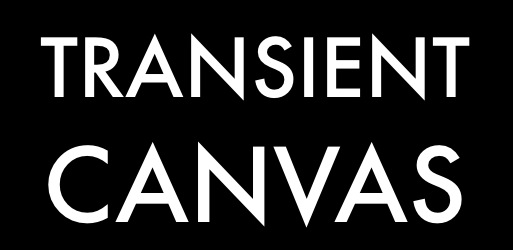The initial inspiration for Cold column, calving came from watching footage from the 75-minute calving event at the Jakobshavn Glacier, Greenland in 2008. To complicate this narrative, I spliced another structure into the movement of the ice – one of massive sheets of ice, shifting, turning, and eventually breaking away from the glacier – that of Julian Jaynes’ so-called “bicameral mind”. Here, it is theorized that the advent of consciousness was determined by the breaking down of a one-directional flow of information passing from a commanding right hemisphere of the brain to a more subservient left. Located between the hemispheres, the corpus callosum manages communication between right and left, not unlike two self-contained chambers. The music of Cold column, calving attempts to replicate and reconcile these two frameworks, the erosion of ice and the conceptualized development of the primitive, pre-conscious mind. From the start, the behavior of the two instruments is self-contained, for example, by occupying the extremes of each instrument’s register (high or low) or by obeying or shirking strict, pre-determined durational containers. The culmination is an observable surface-level activity versus a less-definable, submerged musical labor. The parameters are dissolved slowly until the bass clarinet and marimba coalesce into warmer, harmonically-fixated textures – a musical corpus callosum. The final section reveals a similar landscape to the opening, but where the behaviors of the bass clarinet and marimba have been inverted. However, the perceived musical bicameralism is now an illusion. The instruments are no longer self-contained, working together to attempt to realize a worn-down arrangement of an anonymous medieval lament, “Go! hert, hurt with adversite”. The ice, finally detached from its glacier origin, has truly become a human problem, yet perhaps not quite the one that we may have imagined as a submerged, obfuscated quality is still ever-present. Cold column, calving was written for Transient Canvas.
Clifton Ingram (b. 1983) is a Boston-based compose and uitarist (Rested Field). He has written music for Andy Costello, Marti Epstein, Chuck Furlong, Matt Sharrock, Equilibrium Ensemble, Joint Venture Percussion Duo, Ludovico Ensemble, and Transient Canvas. From 2010 until 2012, he was a curator at Brown Rice, a performance venue for new experimental and improvised music and arts n Chicago. n 2013, he attended the Summer Institute for Contemporary Performance Practice (SICPP) at the New England Conservatory under the tutelage of Steve Drury, Rand Steiger, and Nicholas Vines. He holds a MM in Composition from The Boston Conservatory, where e studied with Jan Swafford and Andy Vores. His recent music is informed by an enthusiasm for liminality and related proximities to humanity.


